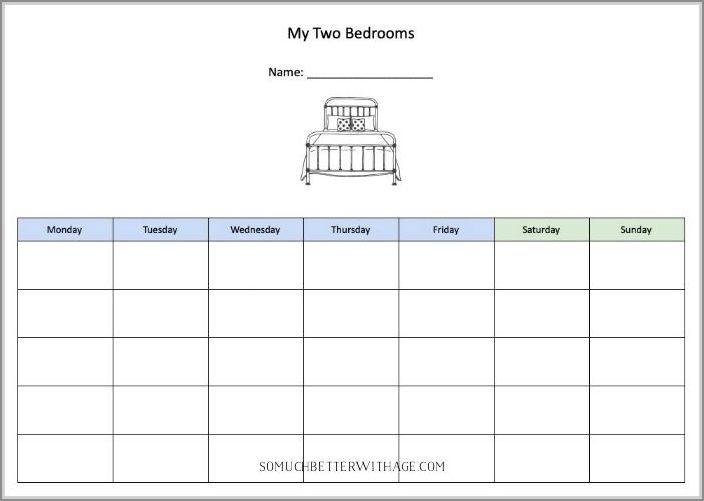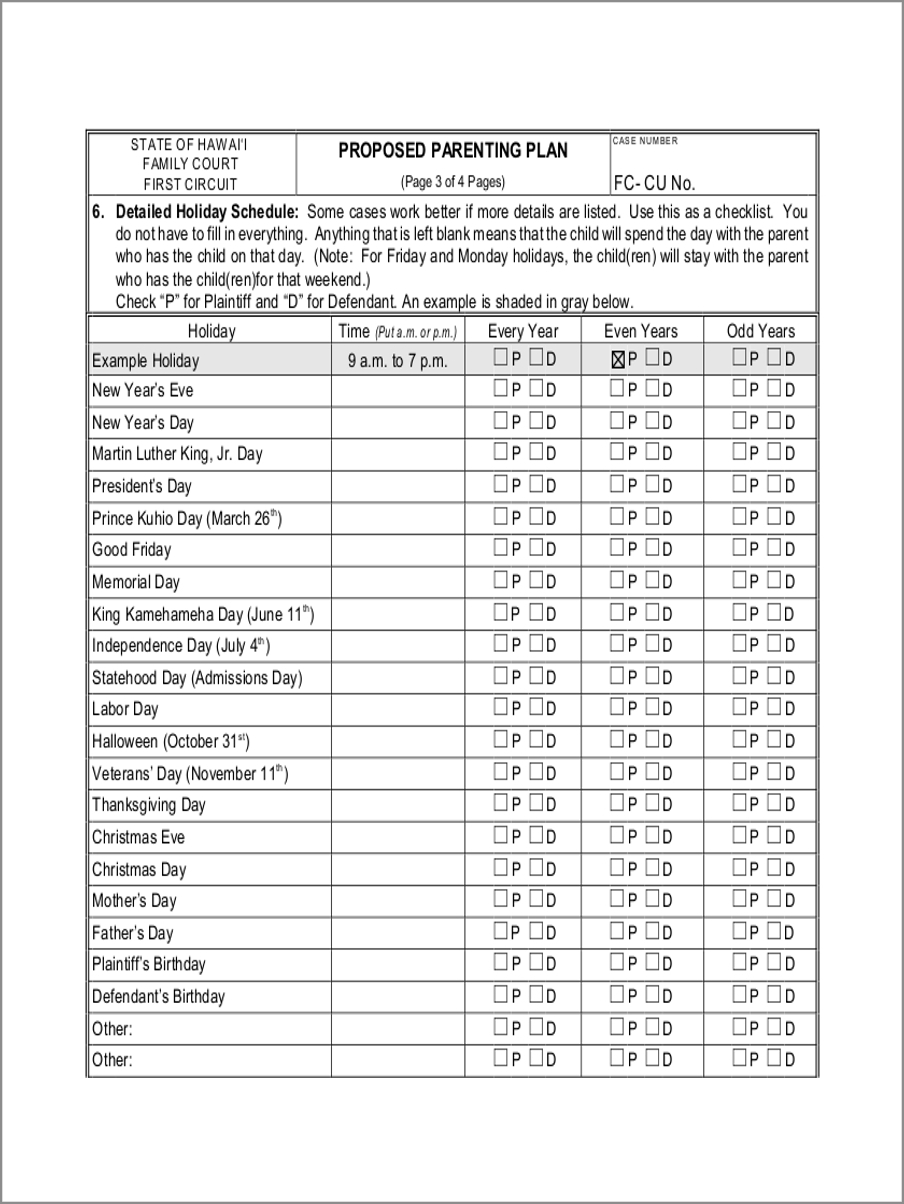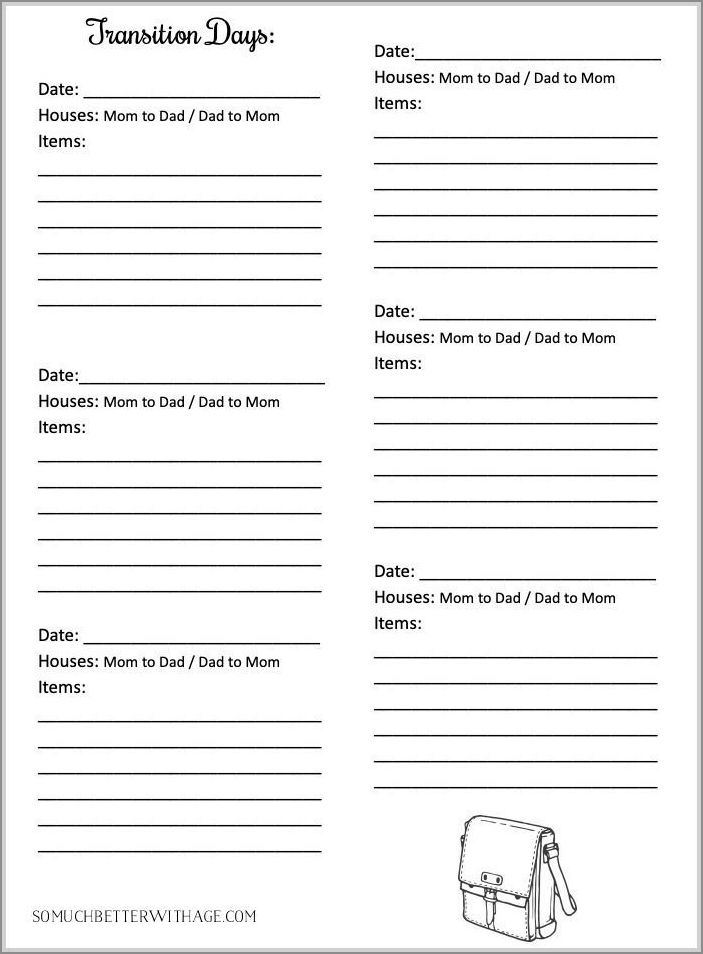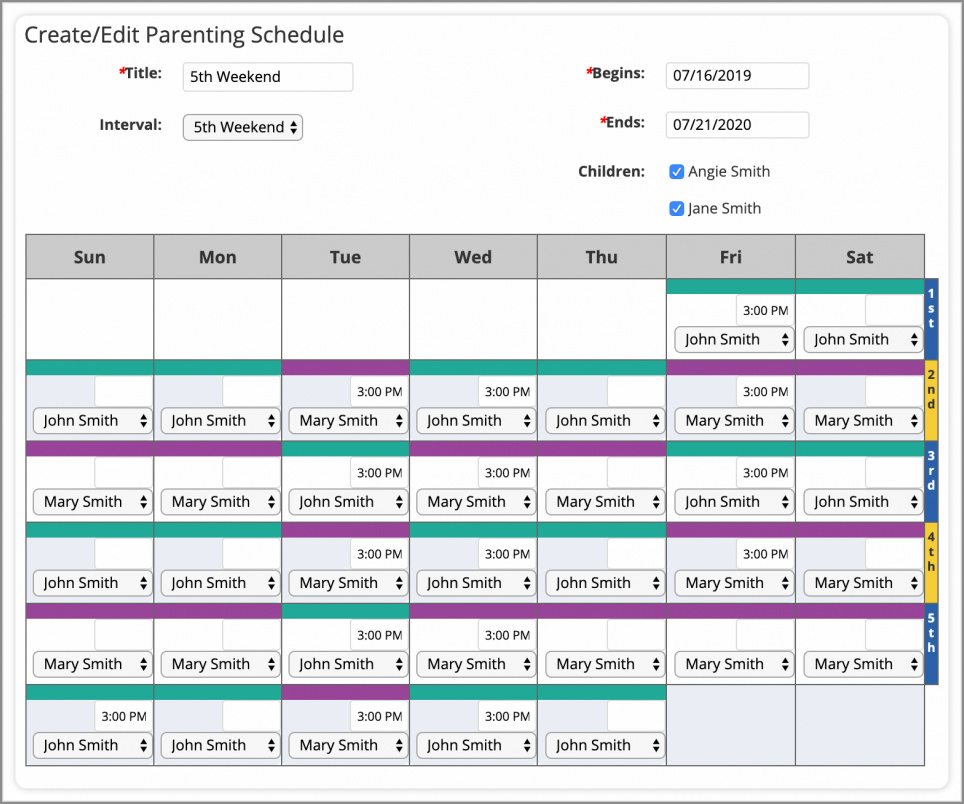Co-parenting can be a challenging and complex journey, especially when it comes to creating and maintaining a co-parenting schedule. To ensure that both parents have equal time and involvement in their child’s life, a well-structured co-parenting schedule is essential.
This article will guide you through the process of creating a co-parenting schedule, providing you with valuable tips and insights to make the process as smooth as possible.
What is a Co-Parenting Schedule?
A co-parenting schedule is a detailed plan that outlines when and where a child will spend time with each parent. It is designed to ensure that both parents have regular and consistent contact with their child, while also considering the child’s needs and best interests. The co-parenting schedule typically covers a range of factors, including weekdays, weekends, holidays, vacations, and special occasions.
Creating a co-parenting schedule requires open communication, flexibility, and a deep understanding of your child’s needs. It is important to approach this process with a cooperative mindset, keeping in mind that the goal is to provide stability and consistency for your child.
Why is a Co-Parenting Schedule Important?
A well-structured co-parenting schedule provides numerous benefits for both parents and children. Here are some of the key reasons why a co-parenting schedule is important:
- Consistency: A co-parenting schedule ensures that children have a consistent routine and know what to expect from each parent.
- Stability: Having a predictable schedule helps children feel secure and reduces their anxiety and stress levels.
- Equal involvement: A co-parenting schedule allows both parents to have equal time and involvement in their child’s life.
- Effective communication: Creating a co-parenting schedule requires open and effective communication between parents, which can help improve their relationship and co-parenting dynamic.
- Conflict resolution: A well-structured co-parenting schedule can help reduce conflicts and disagreements between parents by providing clear guidelines and expectations.
How to Create a Co-Parenting Schedule
Creating a co-parenting schedule requires careful planning and consideration. Here are the key steps to follow when creating a co-parenting schedule:
1. Assess Your Child’s Needs
The first step in creating a co-parenting schedule is to assess your child’s needs. Consider factors such as their age, school schedule, extracurricular activities, and any special needs they may have. It is important to prioritize your child’s well-being and ensure that the schedule meets their specific requirements.
2. Determine the Custody Arrangement
Before creating a co-parenting schedule, it is essential to determine the custody arrangement. This can be done through negotiations between both parents or with the help of a mediator or attorney. The custody arrangement will determine the amount of time each parent spends with the child and will serve as the foundation for the co-parenting schedule.
3. Consider Work and Personal Schedules
When creating a co-parenting schedule, it is important to take into account both parents’ work and personal schedules. Consider factors such as work hours, travel requirements, and any other commitments that may impact the availability of each parent. Flexibility is key to create a schedule that works for both parents.
4. Account for Holidays and Special Occasions
Holidays and special occasions can be particularly challenging when it comes to co-parenting. It is important to establish a plan for how these occasions will be divided between both parents. Consider alternating holidays, splitting the day, or creating a separate schedule specifically for holidays and special occasions.
5. Be Flexible and Open to Modifications
A co-parenting schedule should be flexible and open to modifications as circumstances change. It is important to have a process in place for making adjustments to the schedule when necessary. This can be done through open communication and cooperation between both parents.
6. Communicate Effectively
Effective communication is crucial in co-parenting. Make sure to establish clear channels of communication with the other parent, whether it’s through phone calls, emails, or a co-parenting app. Regularly communicate about any changes or updates to the schedule, and be respectful and considerate when discussing any issues or concerns.
7. Review and Revise Regularly
A co-parenting schedule should be reviewed and revised regularly to ensure that it continues to meet the needs of both parents and the child. As your child grows and their needs change, adjustments to the schedule may be necessary. Regularly revisit the schedule and make any necessary modifications to ensure its effectiveness.
Sample Co-Parenting Schedule




Every co-parenting schedule will be unique to the specific circumstances and needs of each family. However, here is a sample co-parenting schedule to provide you with a starting point:
- Weekdays: The child stays with one parent from Monday to Wednesday and with the other parent from Thursday to Sunday.
- Weekends: The child spends alternate weekends with each parent, starting from Friday evening to Sunday evening.
- Holidays: Holidays are alternated each year, with one parent having the child for specific holidays on even-numbered years and the other parent on odd-numbered years.
- Vacations: Each parent gets to plan and take a vacation with the child for a specific period, with prior agreement and notice.
- Special Occasions: Special occasions, such as birthdays and graduations, are shared between both parents, with specific timeframes agreed upon in advance.
Tips for Successful Co-Parenting
- Put your child first: Always prioritize your child’s best interests and well-being when making decisions or resolving conflicts.
- Communicate respectfully: Maintain open and respectful communication with the other parent, focusing on the needs of your child.
- Be flexible: Flexibility is key in co-parenting. Be open to making adjustments to the schedule when necessary.
- Seek professional help if needed: If you are facing difficulties in co-parenting, consider seeking the help of a therapist or mediator to facilitate communication and conflict resolution.
- Keep emotions in check: Co-parenting can be emotionally challenging. Try to separate your emotions from your co-parenting responsibilities and focus on the well-being of your child.
- Maintain consistency: Stick to the agreed-upon schedule as much as possible to provide stability and consistency for your child.
- Be supportive of the other parent: Encourage a positive relationship between your child and the other parent by being supportive and respectful of their role.
- Take care of yourself: Self-care is important in co-parenting. Make sure to prioritize your well-being and seek support from friends, family, or a support group if needed.
Conclusion
A well-structured co-parenting schedule is essential for maintaining a healthy and positive co-parenting relationship. By following the steps outlined in this guide and keeping the best interests of your child at the forefront, you can create a co-parenting schedule that works for everyone involved. Remember, communication, flexibility, and a cooperative mindset are key to successful co-parenting.
Co Parenting Schedule Template – Download
